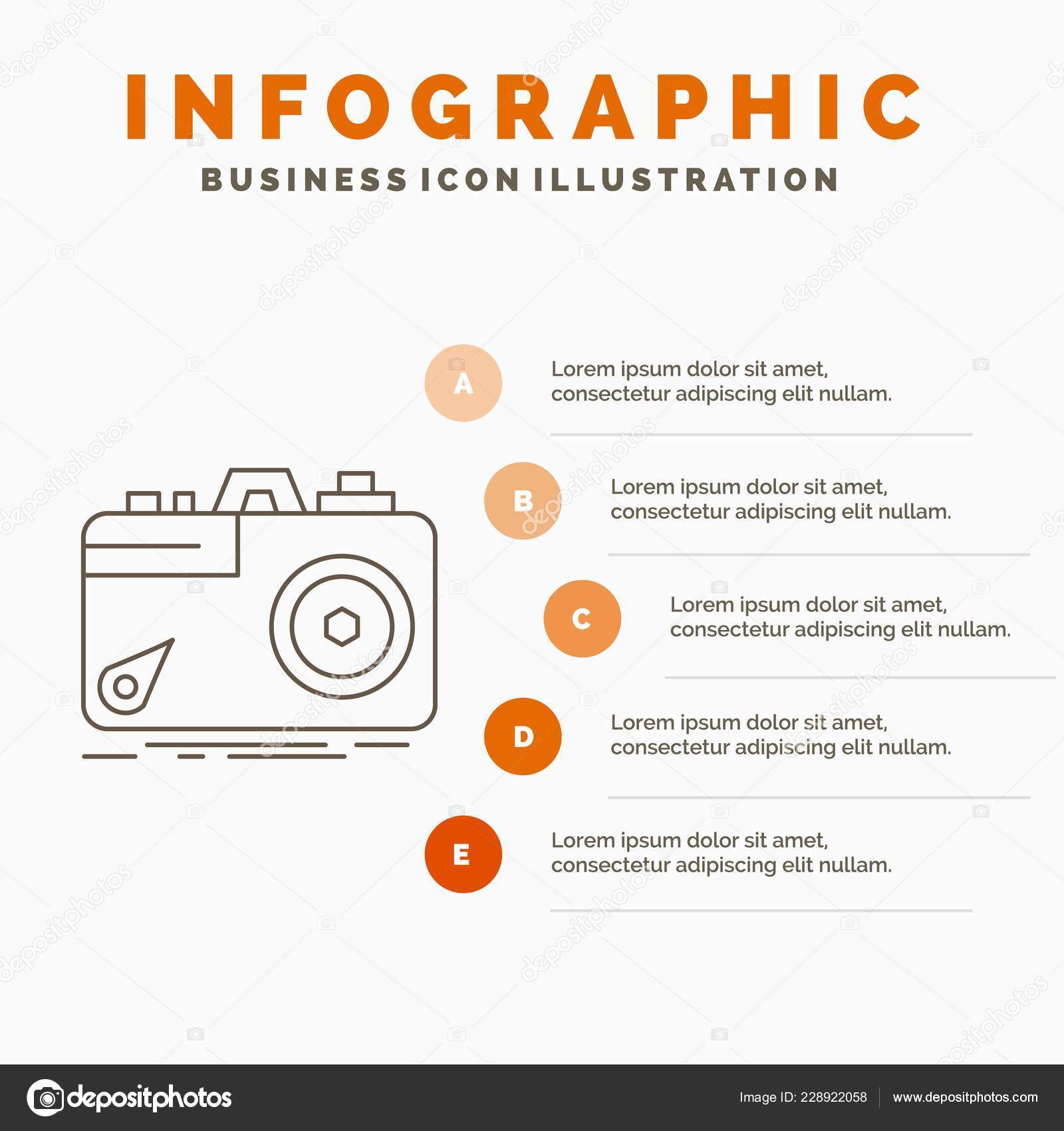Join Us To Uncover Essential Digital Photography Pointers That Will Certainly Open Your Electronic Camera'S Possibility-- Prepare To Record Spectacular Images In A Snap!
Join Us To Uncover Essential Digital Photography Pointers That Will Certainly Open Your Electronic Camera'S Possibility-- Prepare To Record Spectacular Images In A Snap!
Blog Article
Content Writer-Lyons Turan
When you initially grab your cam, it can really feel frustrating with all the setups and options available. You could find yourself asking yourself how to navigate aperture, shutter speed, and ISO properly. Grasping Read the Full Document is vital, yet there's even more to photography than just technical knowledge. Recognizing make-up strategies and illumination problems can elevate your images dramatically. So, what if you could learn straightforward approaches to improve your skills and begin catching remarkable photos earlier than you assume? Let's check out just how to change your photography journey.
Recognizing Electronic Camera Setups
Recognizing your electronic camera setups is vital for catching stunning images. When you get your electronic camera, familiarize on your own with the three primary settings: aperture, shutter speed, and ISO. Each plays a crucial duty in just how your images turn out.
Begin with aperture, which regulates the quantity of light getting in the lens. A bigger aperture (reduced f-number) lets in more light and creates a lovely history blur, excellent for pictures. Alternatively, a narrower aperture (higher f-number) maintains even more of the scene in emphasis, perfect for landscapes.
Next off, concentrate on shutter rate. This setting determines for how long your cam's sensor is exposed to light. A fast shutter rate ices up movement, which is great for activity shots, while a sluggish shutter speed can develop sensational effects like smooth water in landscapes.
Last but not least, readjust your ISO. This setup impacts your electronic camera's level of sensitivity to light. A greater ISO works in low-light scenarios however can introduce noise or grain. Go for the lowest ISO possible while still accomplishing correct exposure.
Composition Methods
When you're out capturing, make-up can make all the distinction in just how your photos reverberate with customers. Begin by using the regulation of thirds; envision your framework split into 9 equal areas with two straight and 2 vertical lines. Placement crucial elements along these lines or at their crossways to create equilibrium and passion.
Next off, take into consideration leading lines. These natural lines in your scene, like roads or rivers, draw the visitor's eye into the photograph, leading them via the story you're informing.
Don't forget framing; usage components within your scene, like trees or windows, to produce a structure around your topic, adding deepness and emphasis.
Also, watch on your background. A cluttered background can distract from your main topic, while a basic one helps it attract attention.
Lastly, try out proportion and patterns; they can produce a striking image that records interest.
Learning Lighting Conditions
Mastering lighting problems is crucial for catching spectacular photos, as the appropriate light can transform a normal scene into something phenomenal.
Start by observing natural light at various times of the day. Mornings and late afternoons provide the very best light, known as the gold hour. The soft, warm tones during these times can boost your photos magnificently.
Don't avoid overcast days either; diffused light can reduce rough shadows and produce a pleasing effect, particularly for portraits.
Trying out backlighting by placing your subject against the source of light. This method can develop a wonderful halo result and include depth to your pictures.
Take note of your cam settings as well. Change the ISO, aperture, and shutter rate to suit the lights conditions. A greater ISO can aid in low light, but beware of grain.
Use a tripod in darker settings to avoid blur.
Finally, don't fail to remember fabricated lighting. Flash and continual lights can be excellent tools for regulating light in difficult problems.
Final thought
In conclusion, mastering your electronic camera does not have to be overwhelming. By understanding your setups, applying structure techniques, and using the power of natural light, you'll promptly raise your photography abilities. Keep in mind, exercise makes perfect, so get out there and explore your newly found understanding. With https://postheaven.net/clint7crystle/just-how-to-construct-a-digital-photography-profile-that-attracts-attention and dedication, you'll be catching magnificent pictures that reflect your one-of-a-kind point of view. Take pleasure in the journey, and do not neglect to have a good time while you go to it!
